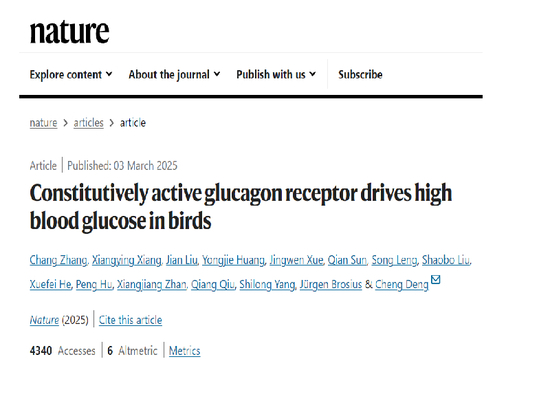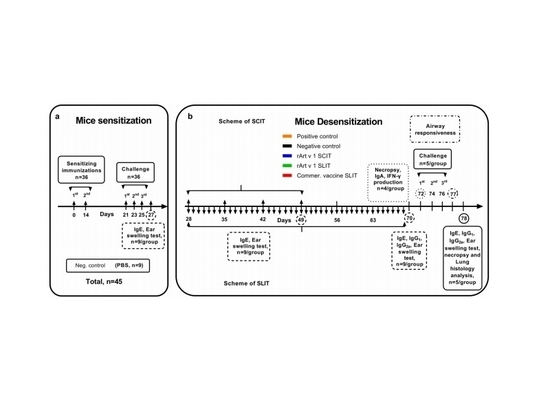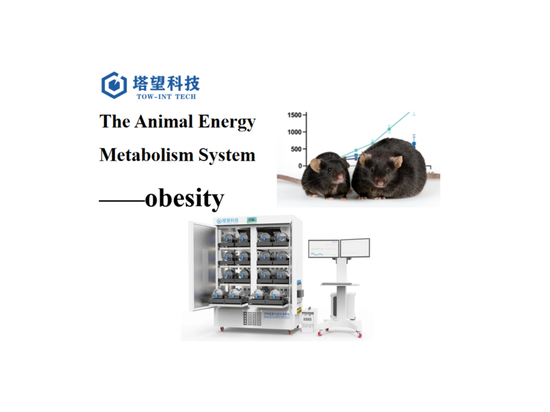
#Industry News
Mechanism-Guided Design and Discovery
Efficient Antimicrobial Peptides Against Drug-Resistant Bacteria
Background
Antibiotics have been a powerful weapon for humans in the fight against microbial infections. However, the extensive use of antibiotics has led to the emergence of drug-resistant bacteria in recent years. The discovery of host defense peptides (HDPs) has brought hope for combating infections caused by drug-resistant bacteria. However, these natural peptides are easily degraded by enzymes, have poor stability in the body, are difficult to synthesize, and are expensive, which limits their application. Therefore, designing and discovering antimicrobial compounds (including peptide polymers) that mimic the function of HDPs is an effective solution. In recent years, by designing the chemical structure of the main chain and side chains, researchers have discovered various α-peptide polymers, β-peptide polymers, polyoxazolines, and other HDP mimics that exhibit efficient antimicrobial activity against drug-resistant bacteria. Thus, the chemical structure-guided design approach has become a classic strategy for developing active HDP mimics.
Related Research
Recently, the research group led by Professor Liu Runhui from East China University of Science and Technology published a study titled "Switching from membrane disrupting to membrane crossing: an effective strategy in designing antibacterial polypeptides" in Science Advances. The study proposed a mechanism-guided design strategy for antibacterial polypeptide polymers. The research found that chiral β-polypeptide polymer structures form α-helical structures that are more likely to disrupt bacterial membranes when interacting with them. In contrast, racemic β-polypeptide polymers have weak interactions with cell membranes and can cross bacterial membranes to act inside bacteria. This inspired the authors to design antibacterial polypeptide polymers by changing the antibacterial mechanism. At the same time, by appropriately introducing amino acid residues with good biocompatibility into the polypeptide polymers, they obtained β-polypeptide polymers with both high activity against drug-resistant bacteria and biosecurity.
The research group led by Professor Liu Runhui from East China University of Science and Technology recently published a study in Science Advances titled "Switching from membrane disrupting to membrane crossing: an effective strategy in designing antibacterial polypeptide." The study introduced a mechanism-guided design strategy for antibacterial polypeptide polymers. They utilized racemic β-lysine lactam monomers to synthesize heterochiral β-lysine polypeptides (poly-β-lysine) through anionic ring-opening polymerization. The researchers observed the bactericidal process of the polymers labeled with fluorescent molecules using a confocal laser scanning microscope. Chiral β-lysine polypeptides (poly-β-L-lysine) were found to disrupt bacterial cell membranes, while poly-β-lysine crossed bacterial membranes and caused bacterial death by acting internally. Membrane perturbation experiments and scanning electron microscopy results confirmed that poly-β-L-lysine caused significant perturbation and disruption of bacterial membrane integrity; in contrast, poly-β-lysine only caused slight perturbation of the bacterial membrane without apparent structural damage. This indicates that the strategy of breaking the chirality of polypeptide polymers to shift from membrane disruption to membrane crossing is successful in designing β-polypeptide polymers. By transforming the antibacterial mechanism, a strategy for designing low-toxicity polypeptides to address the challenge of infectious diseases was achieved. (A) Designing poly-β-peptides with effective antibacterial activity and low toxicity by altering the interaction mechanism between peptides and bacterial membranes. (B) The optimized poly-β-peptides, through the aforementioned strategy, showed excellent therapeutic potential in various in vivo MRSA infection models, including full-thickness wound infection, keratitis, neutropenic thigh infection, pulmonary infection, and systemic peritonitis infection. The experimental process involved establishing five mouse infection models for reference, conducting experimental steps, and recording experimental results. Among them, the mouse pulmonary infection model was established using a pulmonary nebulizer for drug administration, and the steps for model establishment are as follows:
Additionally, the experimental team introduced an appropriate ratio of β-alanine residues into poly-β-lysine, which effectively reduced the toxicity of poly-β-lysine while preserving its antimicrobial activity. The ultimately selected β-peptide polymer (βLys50HG50) demonstrated potent antimicrobial activity against methicillin-resistant Staphylococcus aureus (MRSA), along with low hemolytic toxicity and low mammalian cell toxicity. In various animal models of MRSA local and systemic infections, βLys50HG50 showed high efficacy in treating infections. In mouse models of MRSA full-thickness wound infection, keratitis, neutropenic thigh infection, pneumonia infection, and systemic peritonitis infection, βLys50HG50 exhibited therapeutic effects on infection that were comparable to, or even better than, those of vancomycin, the "last-line" antibiotic.
In this work, the authors of the paper detailed a strategy for designing β-polypeptides by breaking the chirality of polypeptide polymers to shift from membrane-disrupting to membrane-crossing antimicrobial mechanisms, providing new ideas for the future design and discovery of new antimicrobial polypeptide compounds.
In this work, the authors of the paper detailed a strategy for designing β-polypeptides by breaking the chirality of polypeptide polymers to shift from membrane-disrupting to membrane-crossing antimicrobial mechanisms, providing new ideas for the future design and discovery of new antimicrobial polypeptide compounds.
Relavent Instrument
Micro-sprayer for Pulmonary Drug Delivery
The micro-sprayer for pulmonary drug delivery is a drug atomizer specifically designed for pulmonary administration in small animals. It consists of a high-pressure syringe and a spray needle. During use, the spray needle is inserted into the trachea through the mouth, and the drug is administered by hand-pushing the syringe. The pulmonary drug delivery can achieve tracheal administration with a relatively accurate dosage, and there is no waste of medication.
The pulmonary function test system is designed to monitor data post-nebulization, thereby obtaining parameters of animal pulmonary function and drawing conclusions through comparison. Such systems are crucial for assessing the effectiveness of respiratory treatments and understanding lung function changes in various conditions and interventions.
Pulmonary function tests (PFTs) are essential for the diagnosis and management of pulmonary diseases. Spirometry is the most commonly used test and can be complemented by body plethysmography that is capable of measuring all lung volumes and airway resistance. Another important test is the diffusing capacity for carbon monoxide that indirectly evaluates the alveolar-capillary interface. Impulse oscillometry may add useful information to the remaining lung function tests. The equipment and technology used in these tests will be discussed in this chapter.
Pulmonary function test systems often include devices such as spirometers, which measure the volume and speed of air that can be inhaled and exhaled. These systems can provide measurements like forced vital capacity (FVC), forced expiratory volume in one second (FEV1), and the FEV1/FVC ratio, which are crucial for diagnosing respiratory disorders such as asthma and chronic obstructive pulmonary disease (COPD). Advanced systems may also incorporate lung volume measurements, diffusing capacity tests, and bronchoprovocation testing to assess airway responsiveness.
Contact us now!
We are committed to making your research easier, more accurate, and more efficient and helping you build confidence in your data! We have provided services for a large number of customers, giving us rich experiences in offering customized, professional solutions according to your needs.
Reference
Haodong Zhang, Qi Chen, Jiayang Xie, Zihao Cong, Chuntao Cao, Wenjing Zhan, Donghui Zhang, Sheng Chen, Jiawei Gu, Shuai Deng, Zhongqian Qiao, Xinyue Zhang, Maoquan Li, Ziyi Lu, Runhui Liu. "Switching from membrane disrupting to membrane crossing, an effective strategy in designing antibacterial polypeptide". [J].Science Advances, 9, eabn0771 (2023) 25 January 2023.





